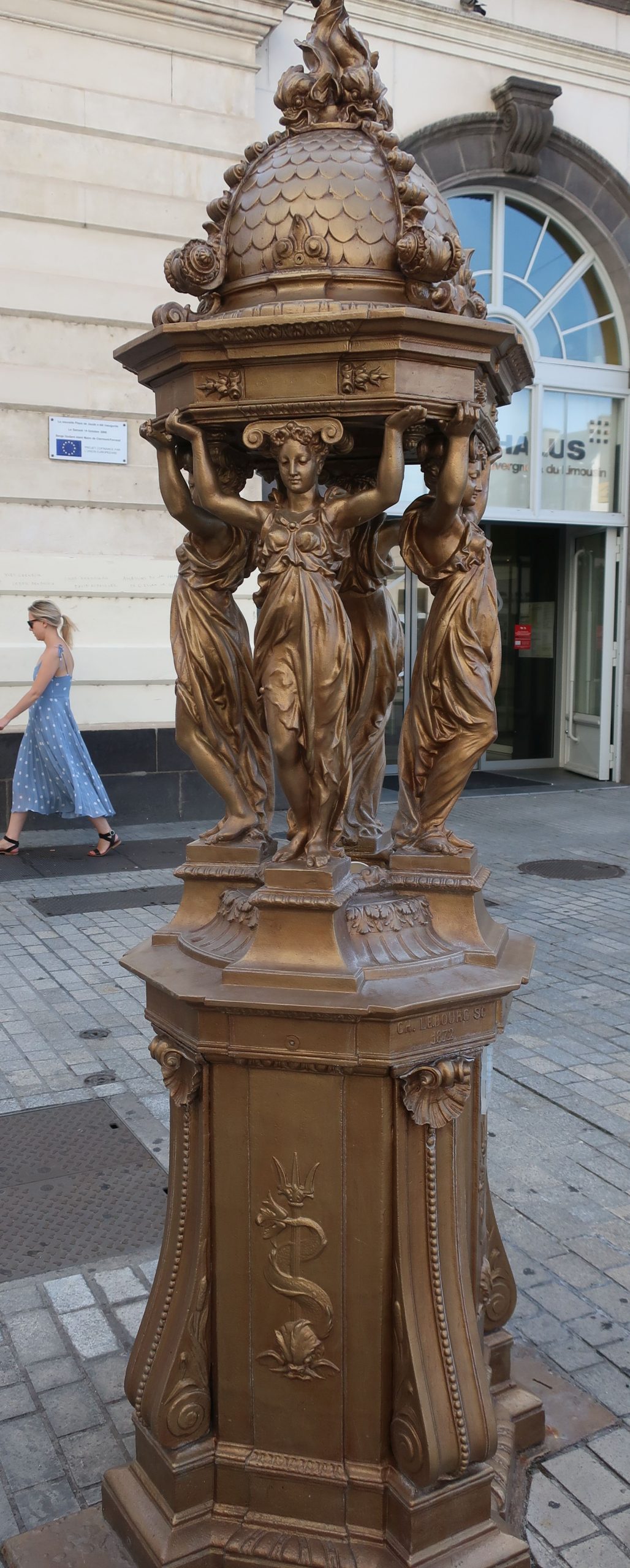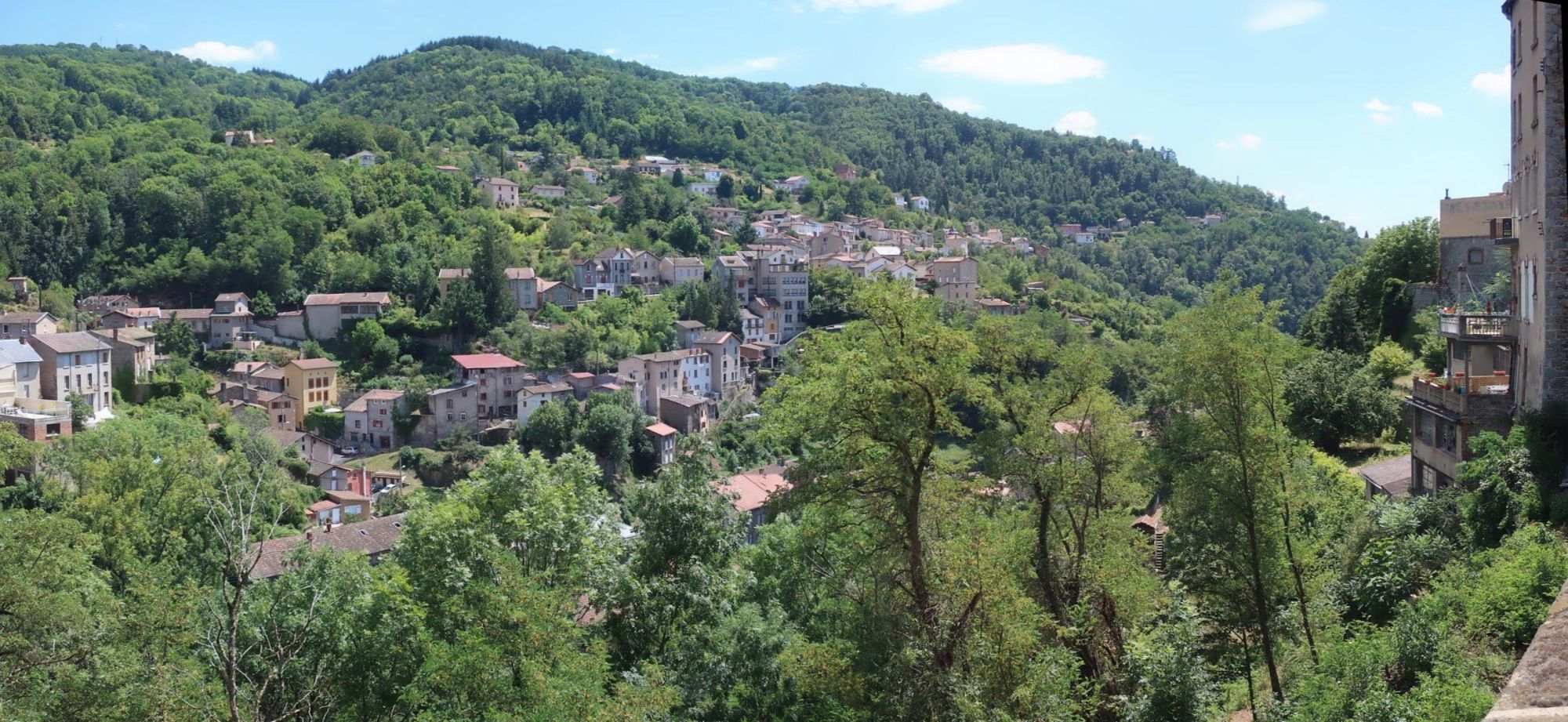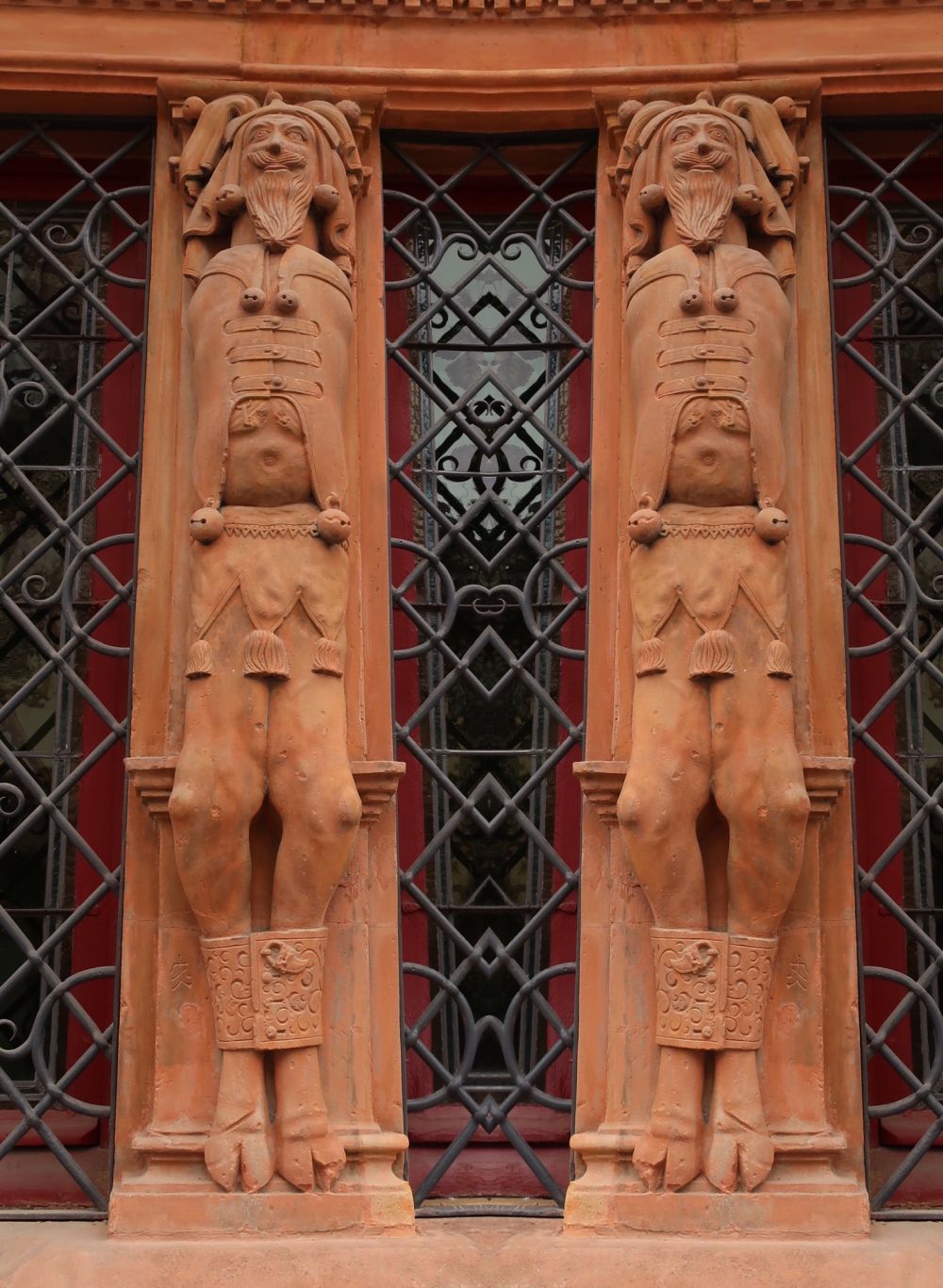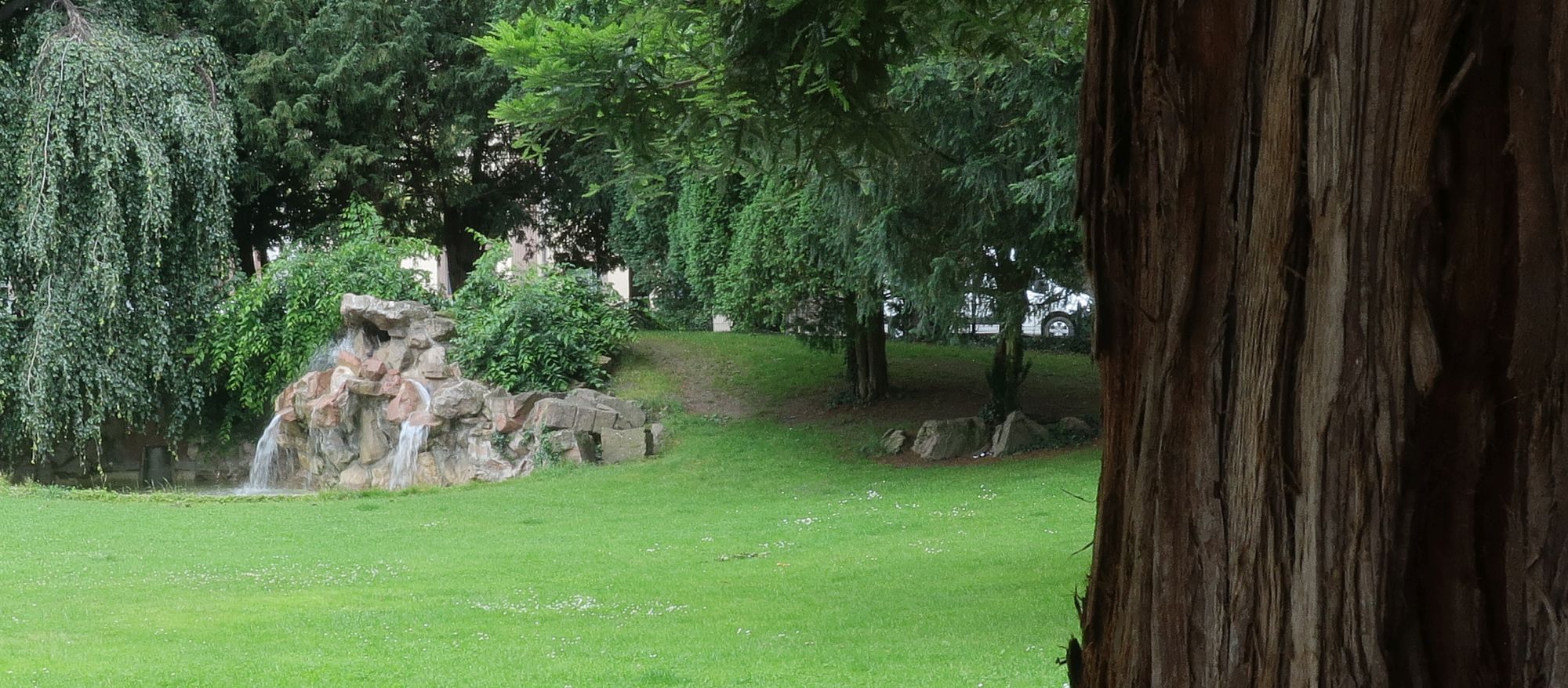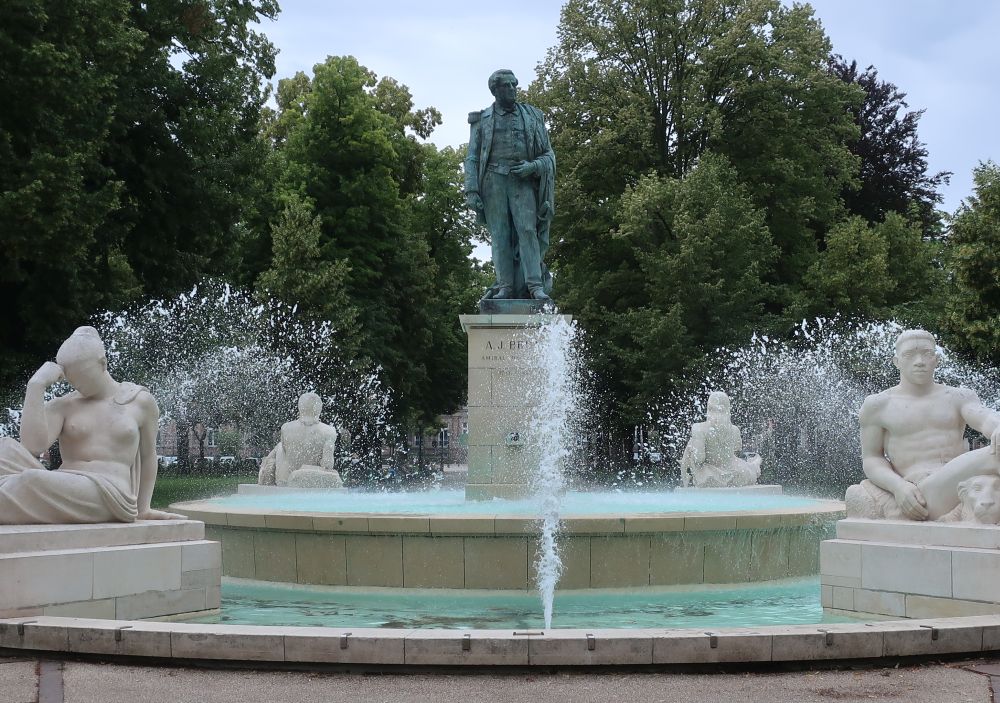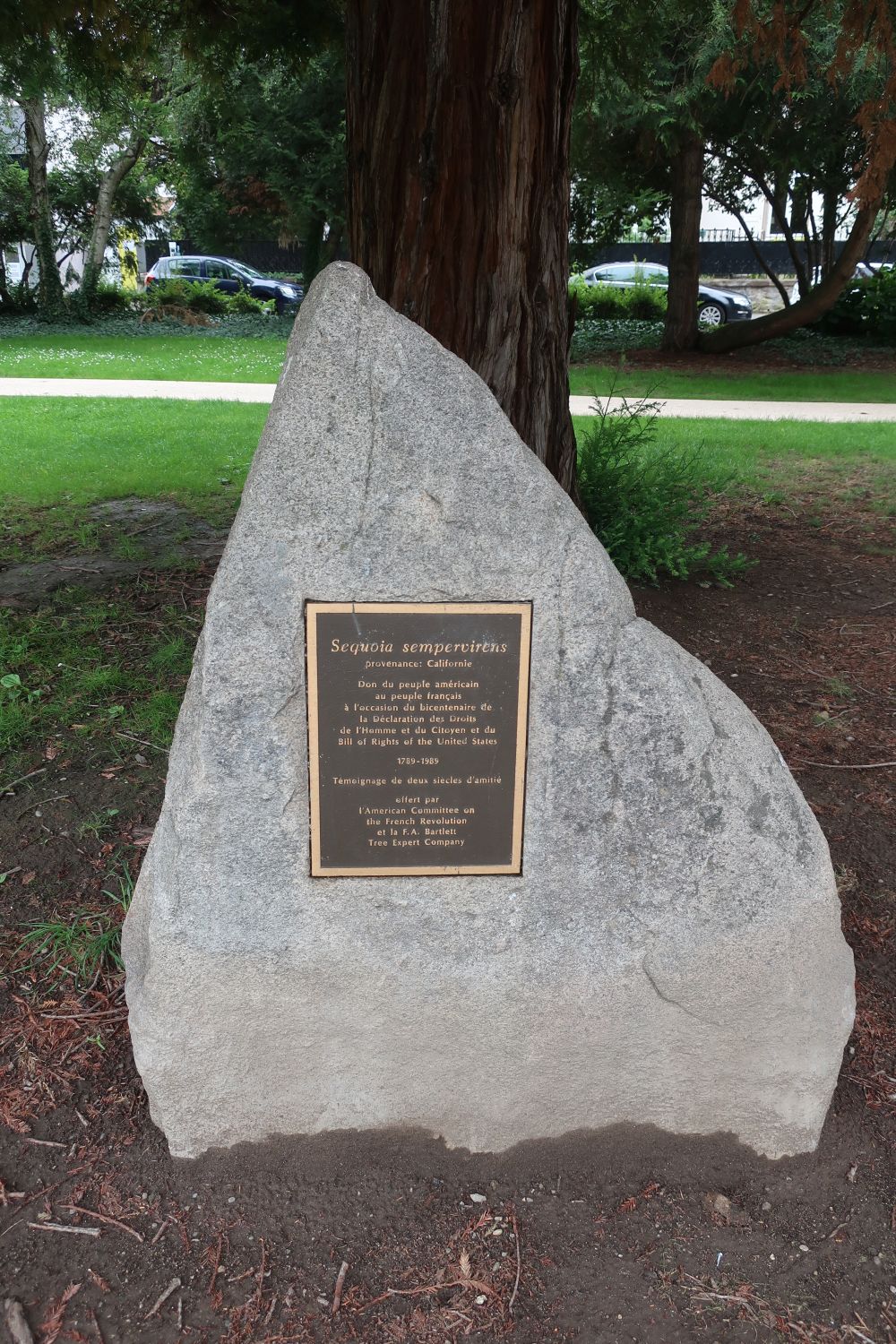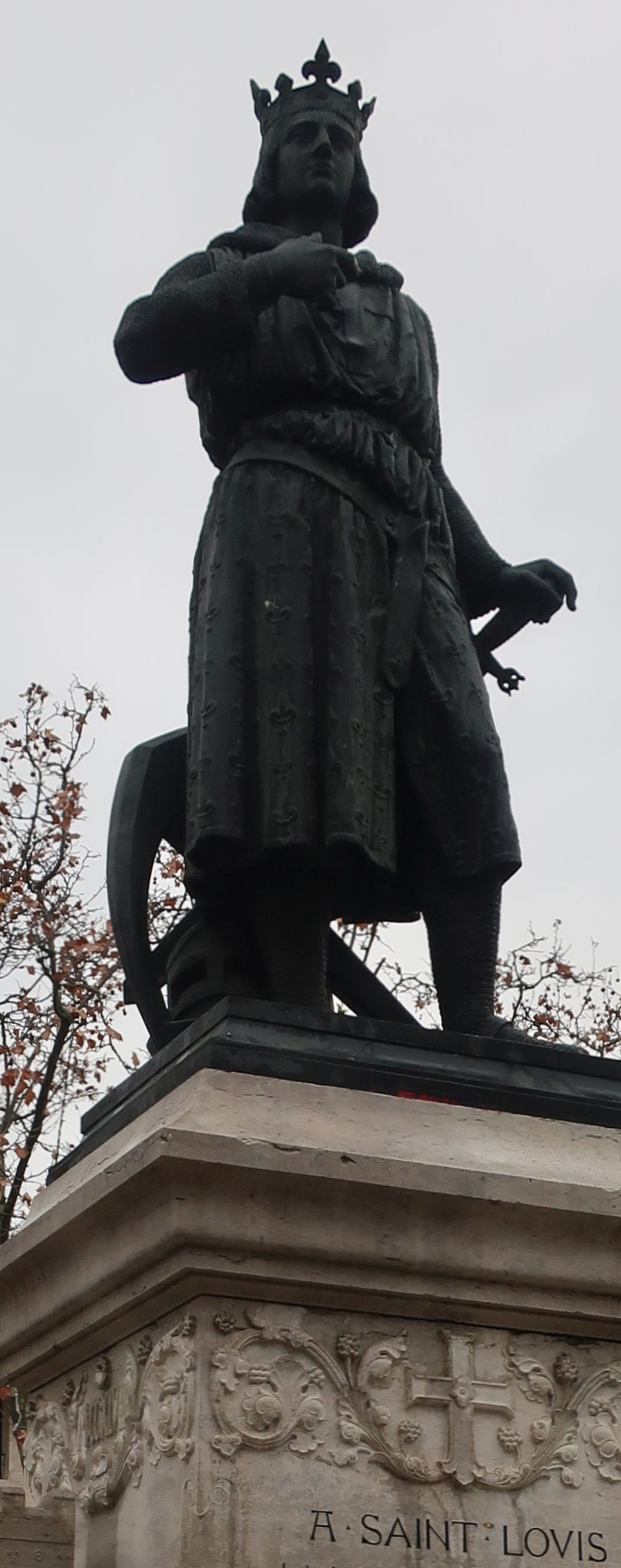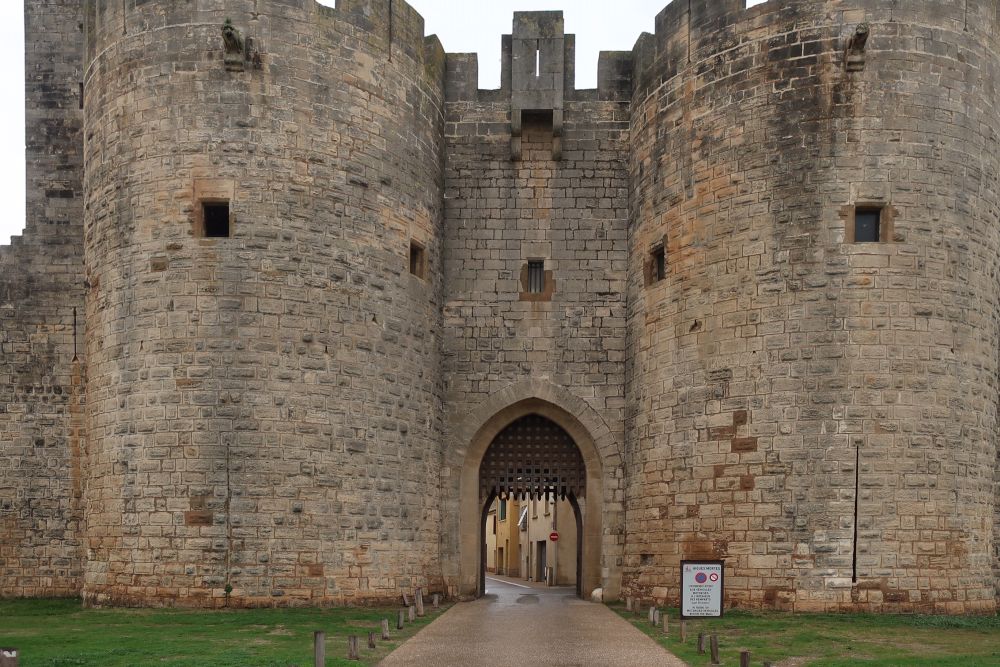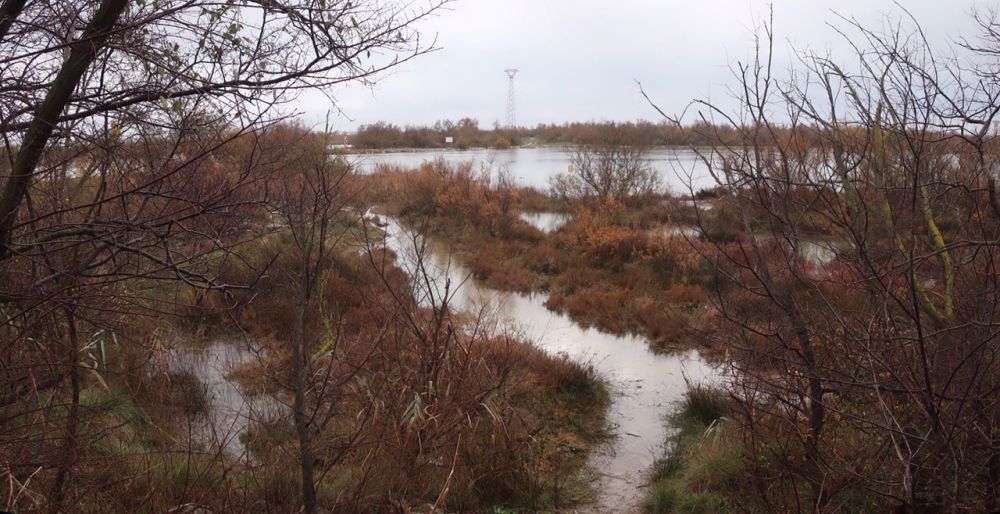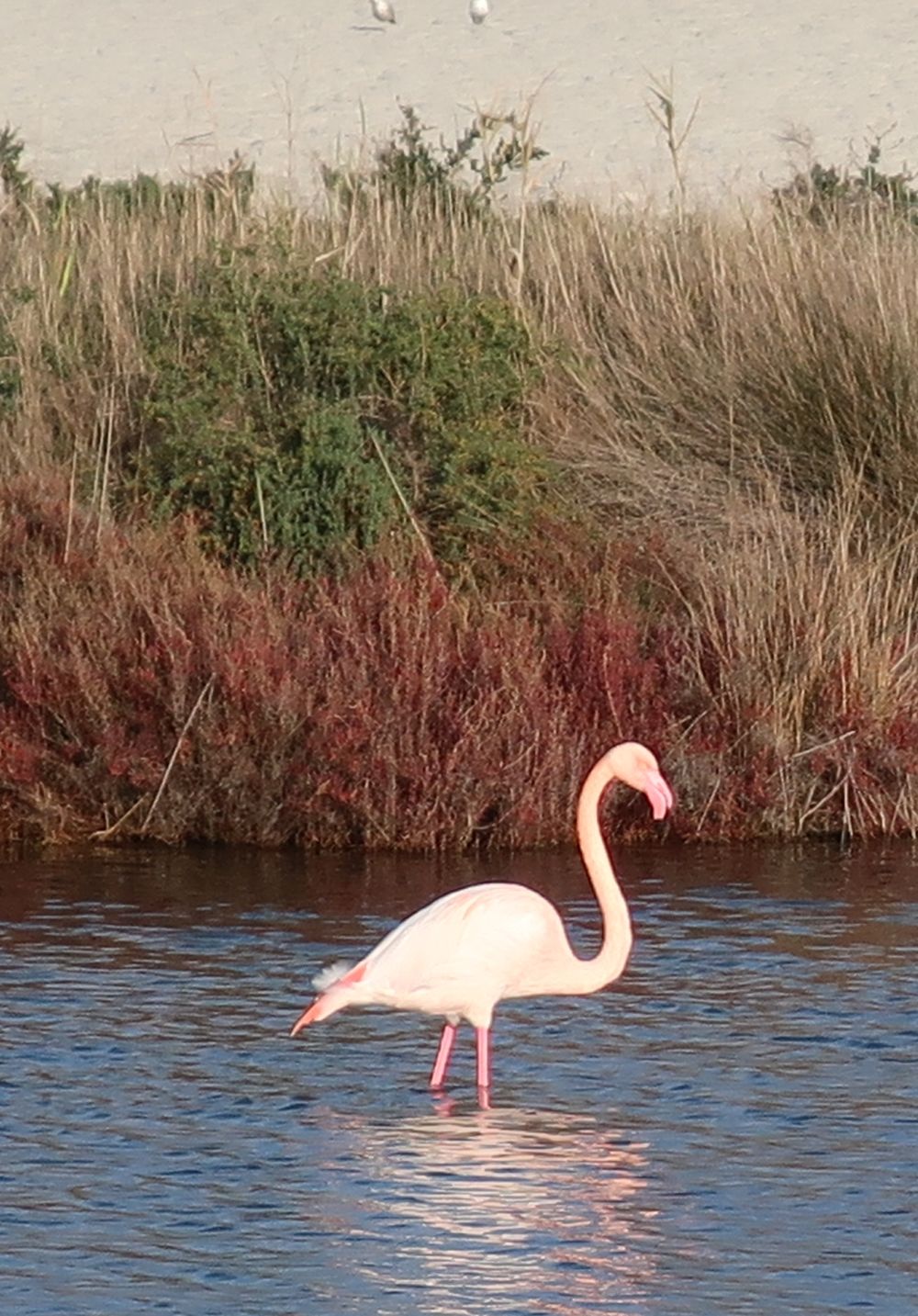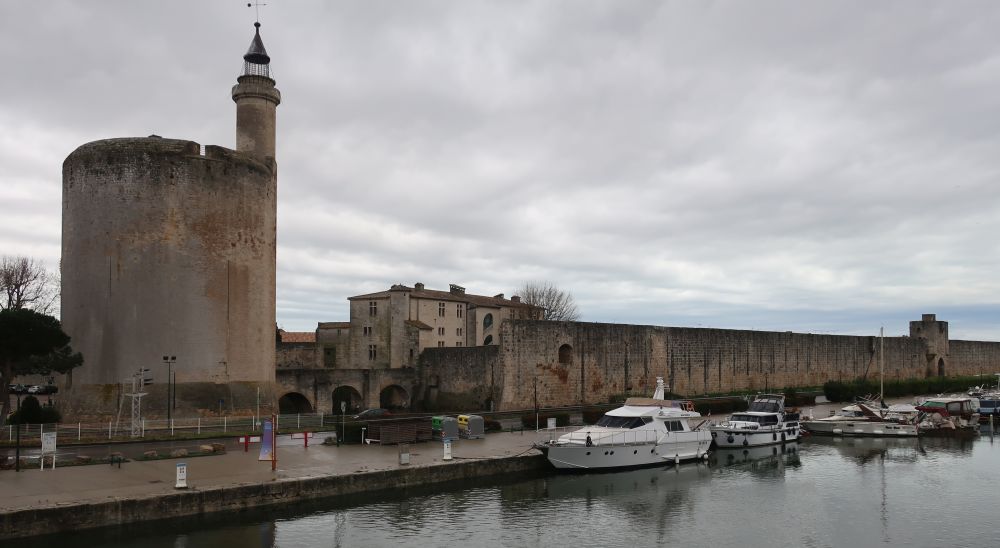Flowers survive and thrive, by growing nice flowers that attract honeybees.
Dogs survive and thrive, by being cute and ensuring humans love having them around.
So, too, do ancient, decaying medieval cities survive and thrive, by re-inventing themselves to attract tourists.
Here’s the town map of a very remote medieval town, called Pérouges, It’s located a long way from civilization, and it’s high on a hill, and when you park you have quite a long way to walk when you reach it.
But as the up coming series of snaps show, you’ll be glad you did!


